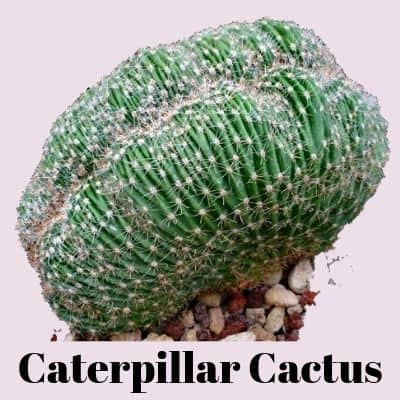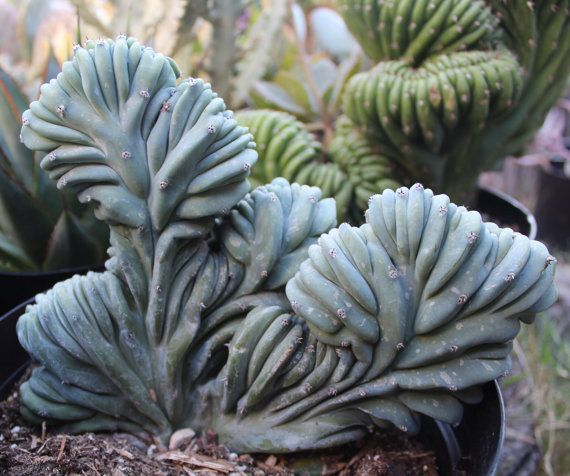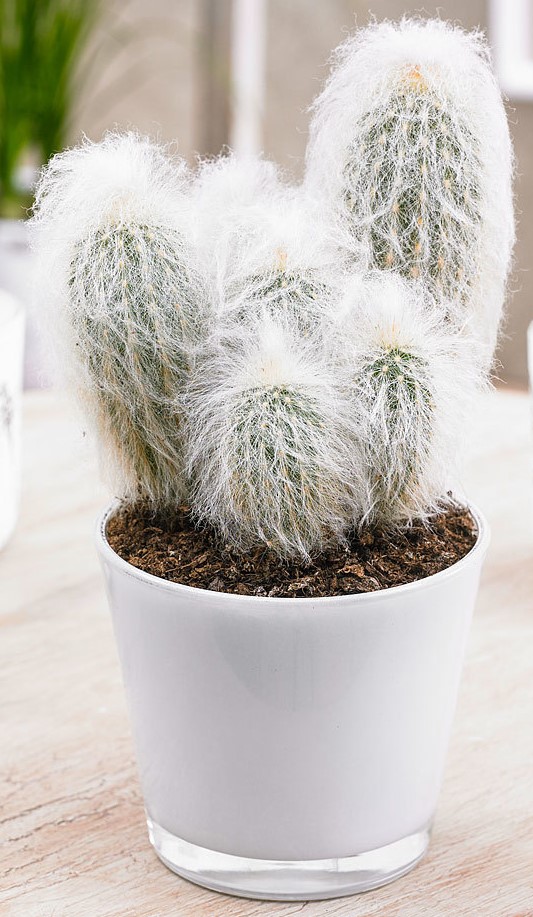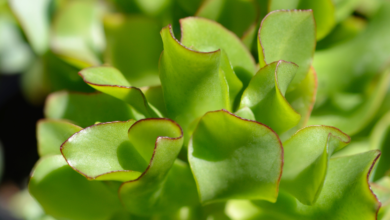The lithops are among the rare succulents because of their unusual appearance. They always spark a conversation every time. There are different varieties of Lithops. Many people refer to the Lithops as the Living stones.

The flowers look like they are sprouting out of cracks. The different varieties have different colors from whites, browns, and greens.
Common varieties include:
- Lithops Salicola
- Lithops Leslieli ‘Albinica’
- Lithops salicola ‘Malachite’
- Lithops Hokkeri
The succulent is also commonly referred to as the Bishop’s Hat, Bishop’s Hood, and Bishop’s Miter Cactus.

The succulent is cold hardy and requires light shade to thrive.
It is also a perfect bonsai plant because of its slow growth and small size
The cactus is spineless and often grows in solitary or with few if any basal branches. The succulent can grow up to 8” wide and a cylindrical to the globular stem which can be as high as 3.3 feet. The stem is bright green and covered entirely by minute white hairy scales.
Mature plants flower and produce fragrant glossy yellow blooms that are about 3”. The succulent is hard to kill and does well with minimal watering. During summer it should be moderately watered and kept dry during winter.
It does well in zones 9a to 11b.
The cactus has detailed stem growth that resembles a caterpillar. The succulent has a stem that grows in a mound with finely spaced ribs and areoles that range in color from light green to dark green. They can also be brownish and have grey-brown spines.

The succulent varies in size and can range from small globose to large columns. The plant also produces blooms at the end of long floral tubes. The blooms have varying colors and only last for very short periods.
The cactus is ideal for beginners because it is easy to grow and well adapted to drought. Propagation is done through offsets that form at the base of the mother plant.
The cactus is perfect for growing indoors in a container because of its slow-growing nature. You should be cautious when handling the plant because it has spines and sharp edges.
The cactus is commonly known as the Crested Blue Myrtle, Crested Blue Flame, Dinosaur Back Plant, or the Crested Blue Candle.
The cactus is highly branched and produces dense columnar stems growing close together. The stem is greenish white in color.

The mature plant flowers in March. And produces small dark red edible fruits. Just like most cacti, the succulent is low maintenance and easy to take care off even for beginners.
The plant produces spectacular clusters making it a delight to look at.
The cactus is quite popular because of its fuzzy white hairy appearance. The appealing cactus is native to Peru and grows up to seven feet in the natural habitat. However, when grown in a pot, it only reaches about ten inches. It is one of the common hairy cacti.

The succulent has abundant long wooly spines that cover the entire body of the plant including the red or yellow spines. The plants have a columnar stem. The plants rarely produce white flowers because they don’t reach full maturity when planted in pots.
The succulent should be moderately watered during summer and dry during winter since they are very sensitive to over-watering. Should be planted in porous soil that has excellent drainage. The plants also thrive with bright light and ample airflow.




